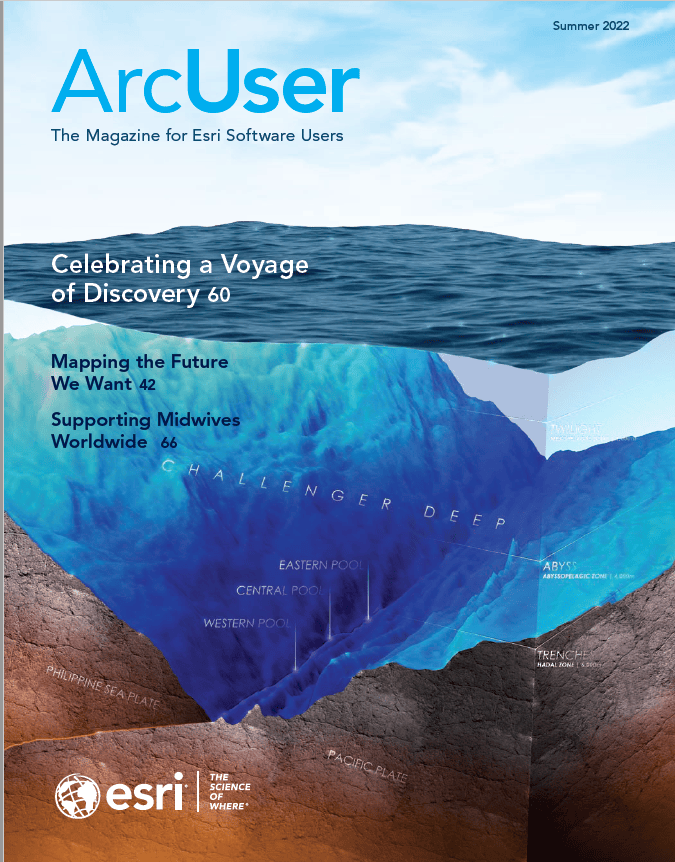Local Voices, Local Choices: The Tacare Approach to Community-Led Conservation
By Jane Goodall Institute
Local Voices, Local Choices: The Tacare Approach to Community-Led Conservation shares the stories behind Jane Goodall’s visionary approach to community-led conservation. Goodall is world-renowned for her lifelong work with wild chimpanzees and advocacy for environmental justice.
Her holistic approach to conservation puts the local people in charge of preserving their surrounding ecosystems. This grassroots approach contrasts with top-down efforts led by conservationists who impose their solutions on local communities.
By working with science and technology and the support of conservationists, these communities better understand human impacts on the environment. Through adopting sustainable livelihoods and finding ways to balance their environmental impact with community needs, they are determining a more sustainable future.
The stories in Local Voices, Local Choices bring readers the diverse perspectives behind the approach to community-driven conservation of Jane Goodall Institute (JGI) staff and program partners as well as the local people who lead these initiatives. The origins of the Tacare approach, originally designed as a 1994 reforestation project with an abbreviation pronounced ta-CAR-reh, is described.
The book’s target audience is conservationists, fans of Jane Goodall, and those interested in environmental issues. Local Voices, Local Choices vibrantly communicates Jane Goodall’s vision and her hope that the Tacare approach will be understood and adopted wherever there is a need for genuine community-driven conservation. Esri Press, 2022, 280 pp., ISBN: 9781589486461, eISBN: 9781589486478.
Measuring Up: The Business Case for GIS, Volume 3
By Cory Fleming, Christopher Thomas, and Shannon Valdizon
A new collection of real-world stories from government agencies, Measuring Up: The Business Case for GIS, Volume 3, illustrates how GIS can benefit agencies’ bottom lines. Governments often depend on a geographic context when making major decisions, sharing information, and expanding operations. Government organizations dealing with major challenges, such as economic downturns or public health threats, must maintain the quality of day-to-day operations while finding solutions to new and existing problems. Using GIS and location intelligence, they can make more informed, data-driven decisions, which improve outcomes.
This is the third book in the Measuring Up series. It demonstrates how government agencies have embraced GIS as a critical infrastructure in their processes. Each chapter covers how GIS helps organizations save time and money, avoid cost, increase accuracy, improve productivity, increase efficiency, automate workflows, manage resources, and aid in budgeting processes. Esri Press, 2022, 200 pp., ISBN: 9781589486249, eISBN: 9781589486256.

